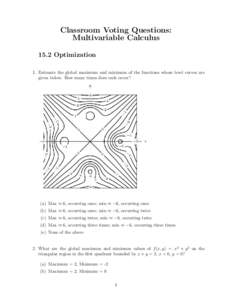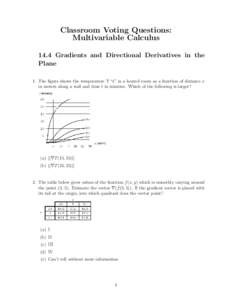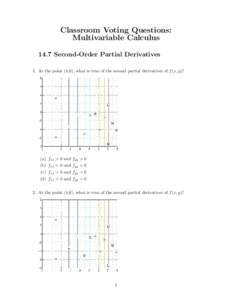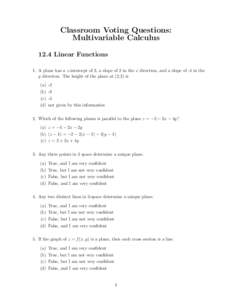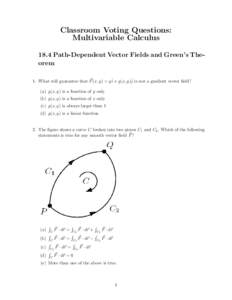<--- Back to Details
| First Page | Document Content | |
|---|---|---|
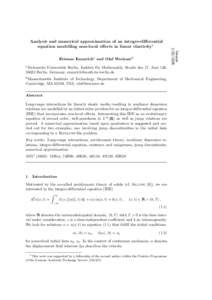 Date: 2012-02-06 05:31:16Mathematical analysis Differential equations Fourier analysis Multivariable calculus Mathematical physics Wave equation Partial differential equation Rectangular function Taylor series Fourier transform Differential forms on a Riemann surface Bessel function |
Add to Reading List |
 Etienne Emmricha and Olaf Wecknerb a Technische Universit¨at Berlin, Institut f¨ ur Mathematik, Straße des 17. Juni 136, 10623 Berlin, Germany,
Etienne Emmricha and Olaf Wecknerb a Technische Universit¨at Berlin, Institut f¨ ur Mathematik, Straße des 17. Juni 136, 10623 Berlin, Germany, 